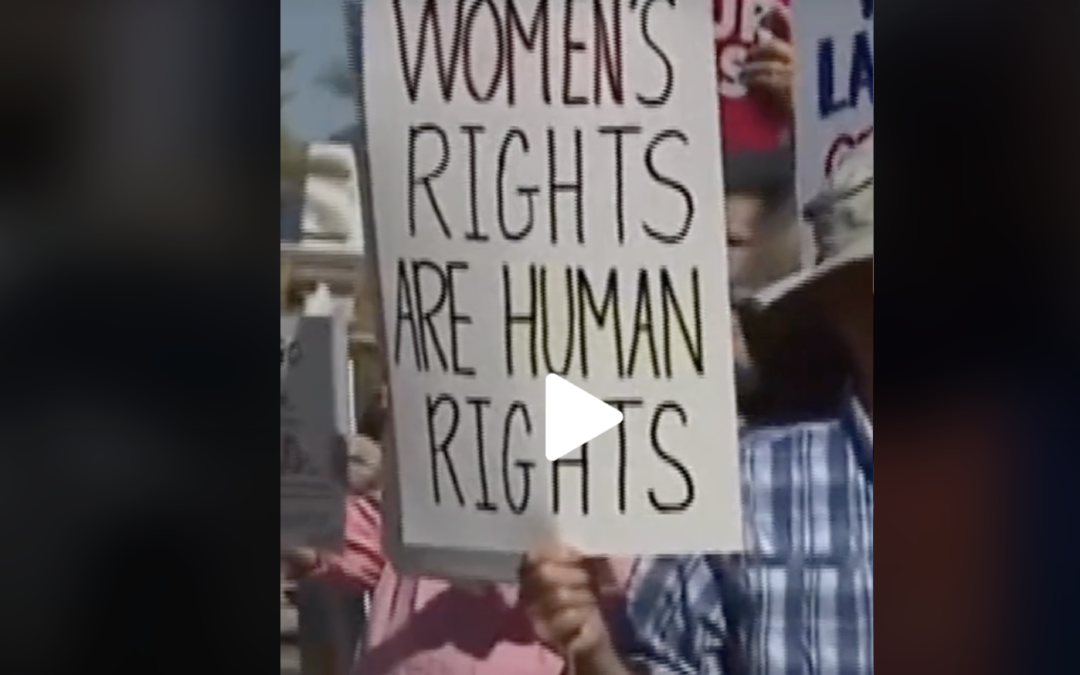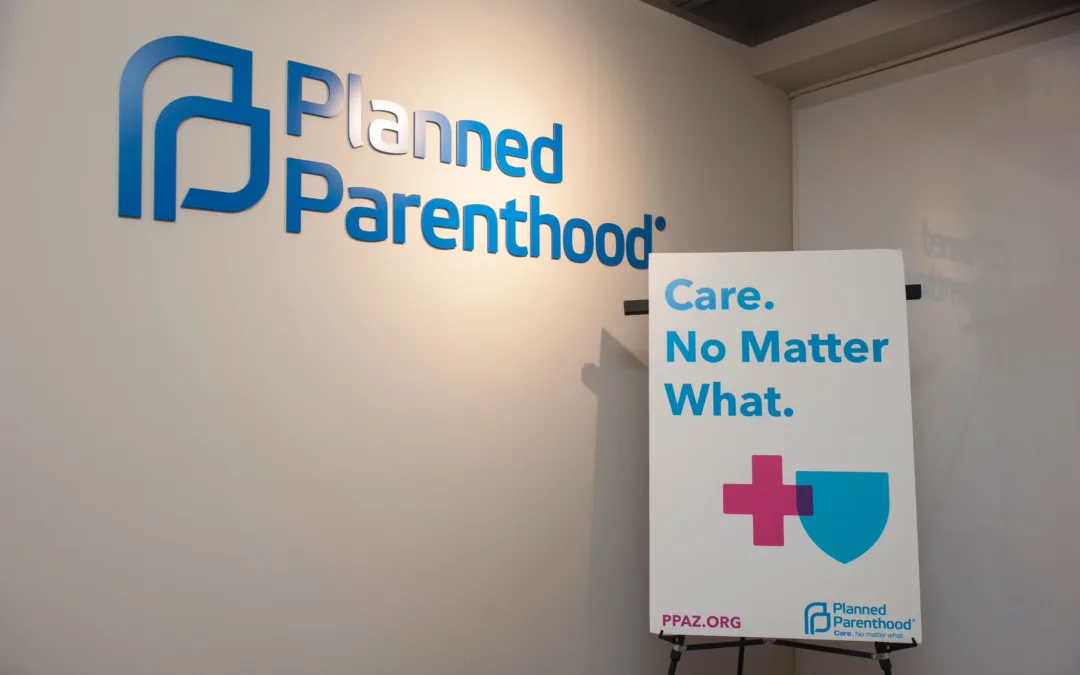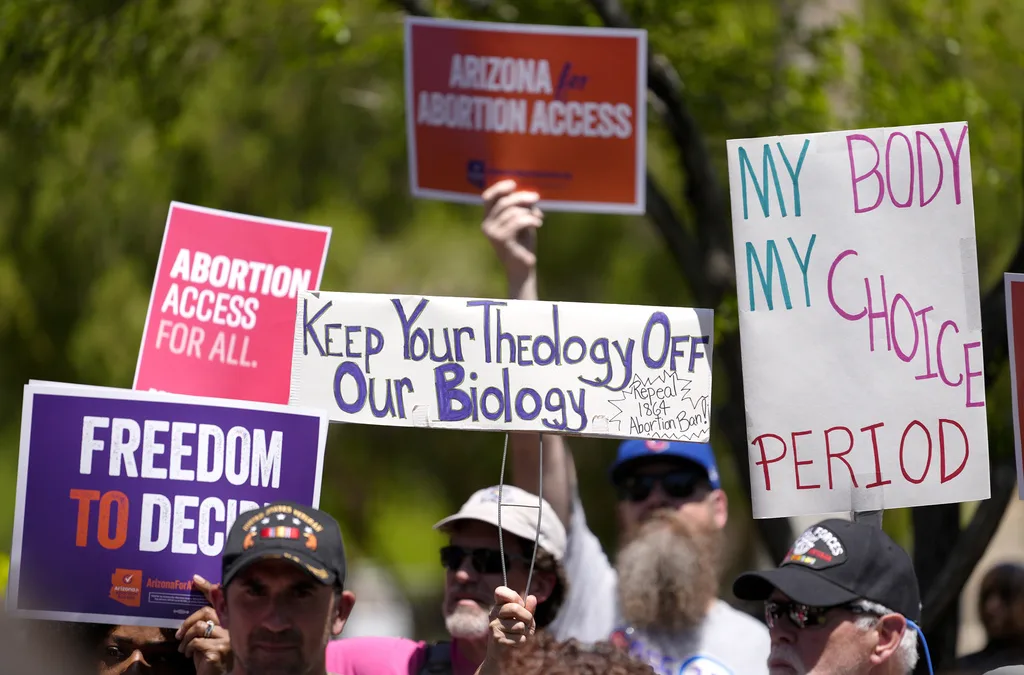
In 2016, Arizona rejected just over 3,000 ballots for not having a signature.
A recent federal district court ruling allowed Arizona to extend its period for officials to remedy unsigned ballots to five business days after the election.
But Arizona Attorney General Mark Brnovich and other Republicans, including President Donald Trump’s campaign, are asking for a pause on that decision until it can be reviewed by the 9th Circuit Court of Appeals, which would likely not happen until after Election Day.
The fight began when Democratic Secretary of State Katie Hobbs tried to update the state elections manual to add in the extra five-day “curing” period. “Curing” is when elections officials reach out to voters who turn in ballots without a signature or a signature not matching the one on file and fix the problem.
Brnovich would not sign off on the change, so Hobbs had to remove it. Democratic groups, who argued this unfairly kept people’s votes from being counted, filed a lawsuit.
The state already allows a five-day curing period for ballots that have signatures that don’t match the one on file for a voter.
RELATED: The Copper Courier’s Guide to Voting in Arizona in 2020
But Brnovich’s office argued the lower court ruling brushes aside a state law requiring absentee ballots to be returned with a signature by close of polls on election day, which is why they don’t think unsigned ballots should be included.
But the judge said he felt the curing period’s benefit to voters outweighed any challenges it posed.
“On the facts of this case, Arizona’s Election-Day deadline for curing unsigned ballot envelopes imposes minimal but unjustifiable burdens on the right to vote and is an inadequate procedural safeguard, particularly for voters who return their ballots too close to Election Day to receive adequate pre-election notice of a missing signature and an opportunity to cure,” the judge wrote in his ruling
In 2016, Arizona rejected just over 3,000 ballots for not having a signature.
Nearly 80% of Arizona’s voters cast ballots each election by mail. They are mailed a ballot, mark it, and put it in a return envelope. They sign the back of the sealed envelope, and election officials check that signature against the one on file. If they match, the envelope is opened and the ballot placed in a stack with other ballots for counting.
The state’s counties will begin mailing ballots Oct. 7. The last day to request an early ballot is Oct. 23, while the recommended last day to return them by mail is Oct. 27.
The Associated Press contributed to this report.
Politics

Trump says he’s pro-worker. His record says otherwise.
During his time on the campaign trail, Donald Trump has sought to refashion his record and image as being a pro-worker candidate—one that wants to...

VIDEO: Hundreds show up in Scottsdale to support reproductive rights
@coppercourier Days after the Arizona Supreme Court ruled to enforce a long-dormant law that bans nearly all abortions, hundreds took part in a...
Local News

Planned Parenthood in Flagstaff resumes offering abortion care
Planned Parenthood Arizona is resuming abortion services in Flagstaff for the first time since 2022, despite the state’s newly reinstated 1864...

OPINION: Domestic Terrorism Prevents Women from Getting Lifesaving Abortions
Domestic Terrorism Prevents Women from Getting Lifesaving Abortions Twenty-five years ago, in the kitchen of his suburban Buffalo, New York, home,...





